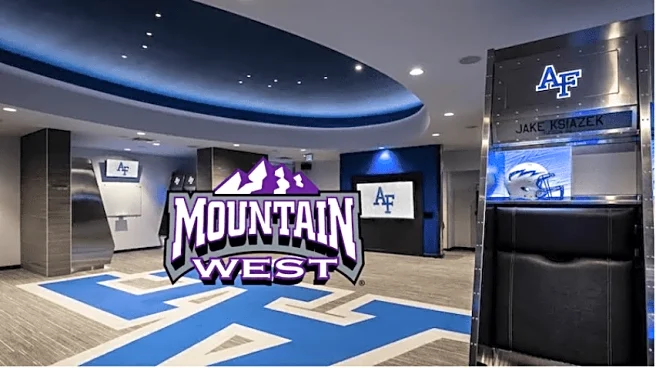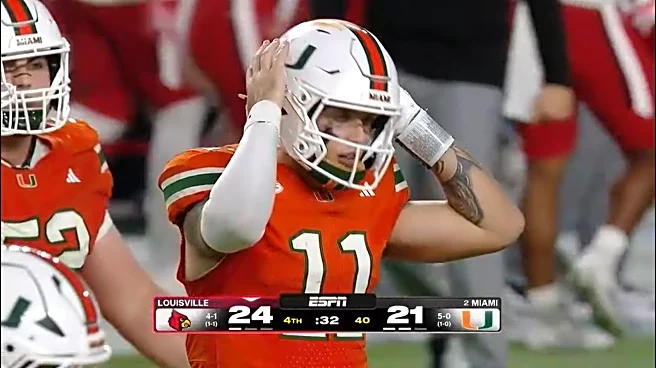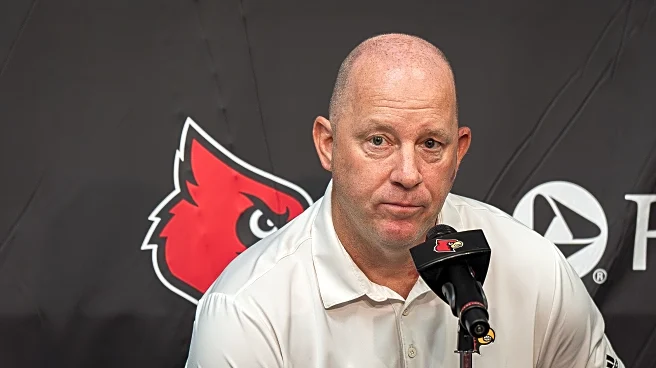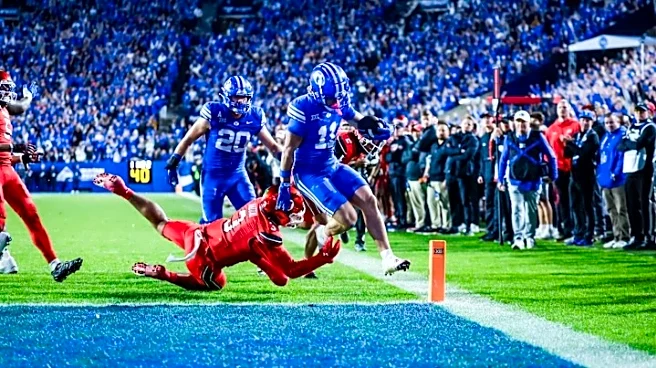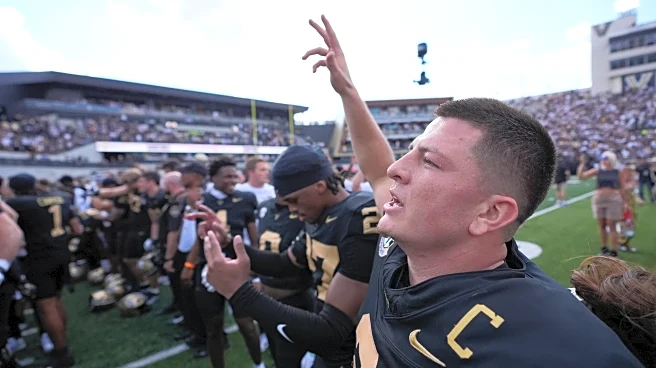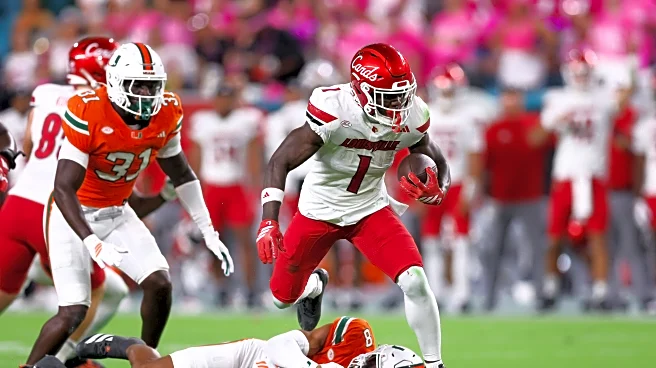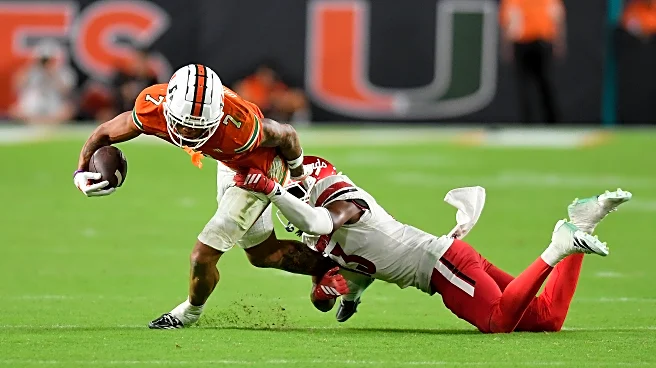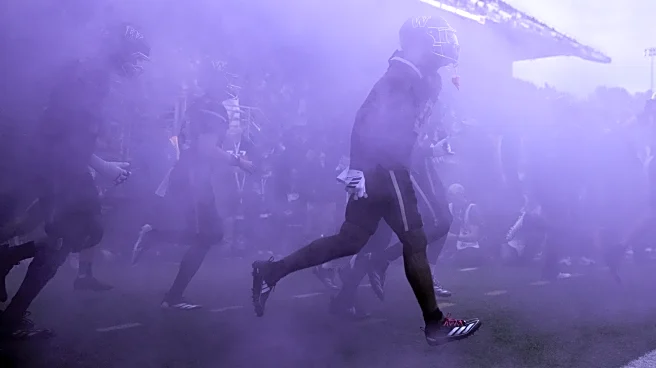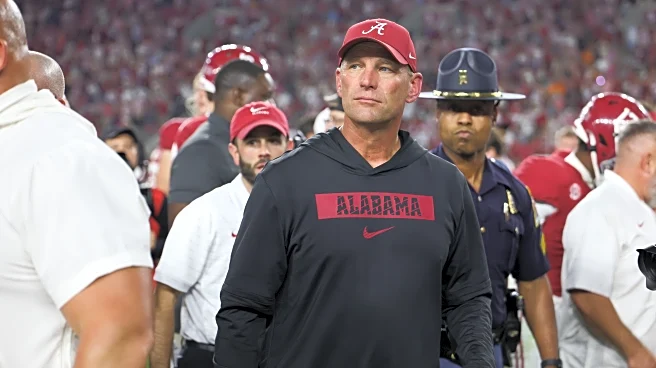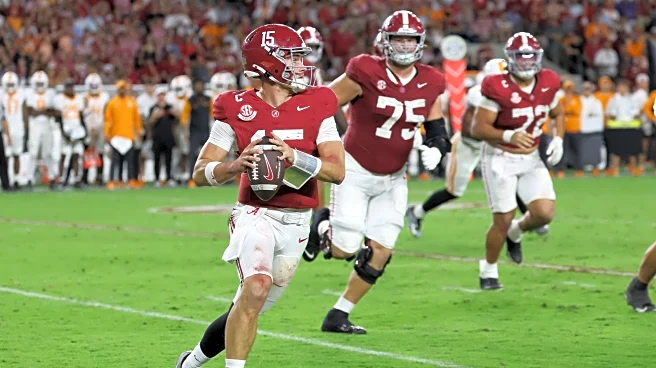The world of money in college sports has changed quite a bit recently. Over the summer a settlement was made which allowed universities to directly pay athletes, so I wanted to go over the details to see
what exactly the Mountain West has, how it compares, and what the impact might be this year.
First off, what exactly is going on? Weren’t Universities already paying athletes with NIL?
The short version is they technically aren’t. Name Image and Likeness (NIL) deals are legally done without including the university. Those go through a collective, which may be affiliated with the school, but legally they are separate. The money goes from a donor to the collective and straight to the athlete. The university is not involved in any of that, and getting involved would be a legal problem. That’s actually why NIL is so messy; it’s driven by donors and not by the university. I covered some of that over the summer if you want a deeper explanation of how these collectives work. NIL is talked about quite frequently, so I’m going to focus on the revenue sharing in this piece
So how is this different from NIL?
The old NCAA policy was that universities could only cover the cost of attendance for student athletes, not directly pay athletes cash outside of stipends. With the House vs NCAA settlement over the summer, universities can now directly pay athletes. The main difference between this and NIL is if a school wants to pay a student athlete, they don’t need to pressure individuals into donating to a collective. They already receive revenue through merchandise, ticket sales, and media deals. They can now share that with athletes. There are some rules though; they can’t share more than 20% of their total revenue with student athletes, with a limit of $20.5 million (which is subject to annual change). It’s very similar to salary caps in professional leagues.
Exactly how much will athletes be getting?
This is still new, and data is a bit murky, but nil-ncaa.com has done some homework on this. From their estimates, this is what they’re estimating each Mountain West school will spend this year:

*These are current projections, not confirmed totals
People might be surprised that UNLV had more revenue than Boise, even though Boise won the conference in football. But success isn’t always tied to revenue; Purdue is expected to bring in nearly $100 million this year, even though their football team went 1-11 last year.
So how does the Mountain West compare to the rest of the FBS?

*Really the PAC 2. Still not sure if they plan on being the PAC 9 after this year…
For those wondering why the Power conference schools all having the same amount of revenue sharing, remember schools are capped at $20.5 million. It helps prevent the spending race from getting too out of hand, but still a gap between the two types of conferences.
The Mountain West, financially, is the clear Group of 5 financial winner, bringing in an average of $6 million more than second place AAC.
The bigger schools are capped by the spending limit, but that doesn’t help when you don’t have the money in the first place. So what chances do the smaller schools have in keeping up?
The revenue sharing will likely diminish the impact of NIL. Deals already have to be submitted to Deloitte as part of that court settlement, which is really slowing down NIL
NIL-ncaa thinks booster fatigue is going to happen. Individual donors have really been the driving force in NIL, but it’s never been viewed as sustainable in the long term. It comes off as a little greedy when a university rep asks you to donate to a collective for a player already getting $400,000 from the university. And businesses aren’t going to donate more than they currently are; imagine workers finding out the reason they didn’t get a bonus was because Oklahoma is looking to the portal for a new quarterback. Where the money comes from is likely to change.
Coupled with universities now being able to share revenue, it wouldn’t be surprising to see the demand for donations – or willingness to donate – decrease. Yes, the Power Conference Schools will have more money to work with, that’s always been the case. The money has just popped up in other areas, which is easy to see when you compare college football to the NFL, which makes significantly more in revenue. A number of players have said their college facilities were better than what they have in the NFL. Seven of the 15 football coaches making at least $10 million a year are coaching college teams. The NFL has three stadiums that can hold 80,000+ fans; college has 15. With that, the difference between Group of Five players and Power Conference players will still be noticeable, that difference just may pop up ways different from what we’re used to.
College football has always been a spending race, but the lack of hard rules forced things to happen behind closed doors, which benefits the bigger schools more than the smaller. Now with NIL deals having to be vetted and a defined spending limit, there are some controls to limit that advantage the bigger schools have always had.
But what about the Non-Money making sports?
Most of this has been in the context of football and men’s basketball, since those are the real money makers. Again from Nil-ncaa, those two account for roughly 91% of revenue at power conference schools (G5 schools are likely similar, they just don’t have the data yet).
The fear is that those other sports will go away. The logic is based on how that revenue sharing limit is per school, not per sport. What some are worried about is a big school like Alabama, Michigan, or Oregon will use 100% of their revenue sharing on football players, in an effort to build a super team. Then it becomes a spending race, where other schools are shifting money from other sports to fund a loaded football or basketball team in order to keep up, but moving the money requires cutting another sport. This may be prevented due to Title IX laws, which require equity among men’s and women’s sports and prevents a university from going “all in” on a single sport. But we’ll let the lawyers figure that out.
But what if I’m wrong? What if these controls have a minimal impact, and the big schools get bigger?
This problem isn’t new, has been around for awhile, but solutions always seem to pop up. For the financial side, in terms of getting money to keep up, this is basically what Moneyball was about. Maybe you’ve seen the movie, but since sports and stats make up ⅖ of my hobbies I’ve read the book a few times. It gets misinterpreted quite a bit as far as what exactly Moneyball is, but the basically it is the economics of baseball; what to do when you have limited resources.
Getting a player who can hit consistently, hit with power, and steal bases in baseball is great. But they are expensive. The Yankees would have no problem finding the money for someone like that, but a small market team like the Oakland Athletics, the subject of the book/movie, has trouble getting those funds. If you can only afford a player who can do one or two of those skills, what should you prioritize?
The Athletics General Manager, Billy Beane, was really the first to implement this concept on a large scale. During his tenure as GM from 1997 – 2015, only seven major league teams won more games. Yes they never won a World Series, but that wasn’t the point. It wasn’t a superior way to play baseball, just a superior way to use your money.
*People like to accuse Moneyball of never winning big. After unsuccessfully trying to hire Beane away in 2004, the Boston Red Sox hired Bill James, the one who developed most of the models Beane implemented. Over the 17 years that James worked with the Red Sox, they had the most World Series victories in the Majors at four. The famously had 0 in the prior 86 years
If the finances don’t work, coaches have gotten creative with working with under utilized talent. The Air Raid offense commonly associated with Mike Leach was developed by Hal Mumme when faced with the challenge of not being able to recruit better or more athletic players
I’m still skeptical, how will this not leave the smaller schools worse off?
The number of people invested in college sports is too great for aspects of it to go away forever – a large number of businessmen would see the $25 million G5 schools brought in and think they could make it work. But for some still skeptical, let’s imagine the worst case scenario and G5 schools can’t keep up in this new financial world. My opinion is they will still have entertaining teams, and my example will come from soccer leagues outside of America and Canada.
For those unfamiliar, in most soccer leagues they work on a tier system, where teams (or as they call them, clubs) are sorted by their success. For example, in England the top tier is the Premier League, and the EFL Championship is below that -not to be confused with the UEFA Champions League, which the top Premier League clubs can get into. Very confusing.
If you win your league, you move up into the more competitive one. When that happens, typically tier situation improves dramatically. They now benefit from revenue sharing with world renowned clubs, larger media deals are available, better players become interested, plus all the other benefits that come with additional notoriety. While any club has a chance to move up, some never do. About 44 clubs out of 92 total in the England soccer system have never been in the top Premier league. Some even only last a year before being relegated back down to the Championship (I’m with Coach Lasso, that makes no sense).
Those clubs are in a similar situation as the G5 schools; they don’t get the same funding as the blue bloods and have trouble with coaches or players getting lured away. Despite this, they are still entertaining to follow and even thriving. Their attendance is about on par with Mountain West Football teams, and their viewership is pretty high. Not only that, but their fan bases are incredibly faithful.
Obviously these aren’t completely identical situations, The EFL Championship does have a larger global market than the Mountain West and more options for what it can do to bring in additional funding. But they’re similar in a sense that they struggle with losing players and coaches to teams with more funding. Despite that, they still find a way to be relevant. If the EFL Championship can still stay successful, then the Mountain West should be able to as well.
Conclusion
With how collegiate sports are changing, we keep asking the question of “How will the smaller schools keep up?”. Things are changing, but there are still ways those smaller schools can stay competitive. The idea of small business versus big is not new, especially in sports. But the small guy always finds a way.
